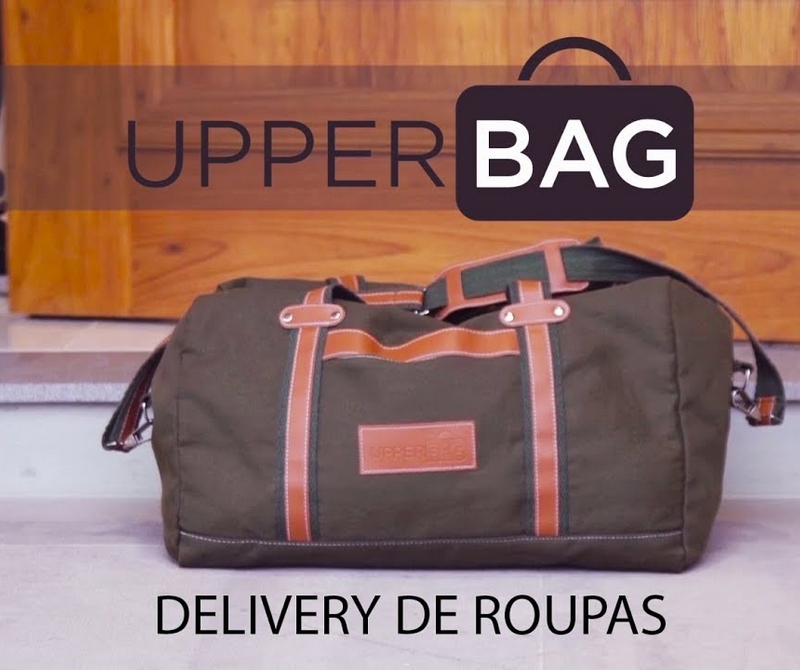Edson Perin
UpperBag created a creative business in e-commerce, which makes life easier for those who buy and also for those who want to sell shirts, pants, shoes, accessories and even beers: the customer enters the company’s website, places an order and receives it at home a bag with 30 pieces of clothing of various sizes next to yours to try and choose what you want to buy. After choosing, just wait for the withdrawal of the goods that were not of interest for purchase, by the carrier.
Alexandre Abrahão, CEO of the company inaugurated five years ago in São Paulo (SP), explains that the adoption of the radio frequency identification (RFID) system, from iTag Etiquetas Inteligentes, accelerated the conference of bags (bags for the shipment of goods), of products in inside, reducing errors and improving processes. “Before RFID, inventory control was done by hand. Items were registered, sent and controlled by barcode”, explains Abrahão.

As it is a manual process, in many cases, some customers said that they had not received certain parts of the order and, therefore, could not be charged for said goods. “Now, with RFID, we know exactly what came out of UpperBag in the bags. What didn’t come back was what the customer bought. So, we carry out the collection”, explains the executive.
RFID readers are located in two portals, with four Zebra Technologies FX 7500, and iTag antennas, which dynamically read dozens of items in each bag sent and returned. The tags used are the iTag, with Impinj Monza R6 chip. According to Abrahão, among the benefits are better inventory management, the bag closing process that was 40% faster, the conference process with 80% fewer errors and 50% faster. “The loss of items fell by 70%,” he added.

The company now seeks to integrate the system with several partner brands, allowing the shipping of bags with multiple brands and stores. “The difficulty is to convince gigantic brands with a plastered structure”, he says.
UpperBag’s innovation starts with the bag ordering process. A stylist selects 30 items for each customer and places them in the bag, based on the customer’s profile. The bag is placed on the portal and the items are read dynamically, just before the package is sent to the customer.
When the bag returns, after a week, the products pass through the portal again, so that the returned items are compared with those sent. “Items sent that are not returned are marked as sold to the customer and are then charged,” explains Abrahão.
The gains already achieved with RFID were greater agility and security in the processes, decreased need for operational staff and fewer lost items. “[The result] did meet expectations,” he says.
ITag was the company chosen to implement RFID in the company, providing software for reading the tags and printing the tags. Abrahão says he met iTag when he visited Brascol, supplier of children’s clothing to UpperBag and one of the pioneers in the use of RFID in Brazil. “Deploying RFID was a positive experience for UpperBag”, says Abrahão. “The main challenge was the complete integration with the internal system”.
The executive also says that several tests for the adoption of the best equipment have been carried out. “Sometimes, certain items or certain labels end up having a problem reading, especially the smaller label”, he added. “Previously we used to do hand controls [by bar codes] that generated problems that we now correct,” he added.
Due to the innovative character of UpperBag, Abrahão guarantees that competing companies in the segment are rare. “The few multibrands that exist in the delivery of clothes operate only for one genre and with a low range of items and brands offered, in addition to having low scale and no use of artificial intelligence in the selection of items”.
According to him, there are also major brands that operate on the system for VIP customers. “The system works as their secondary business, unstructured. In addition, the option with only one brand greatly limits the customer experience”.



















